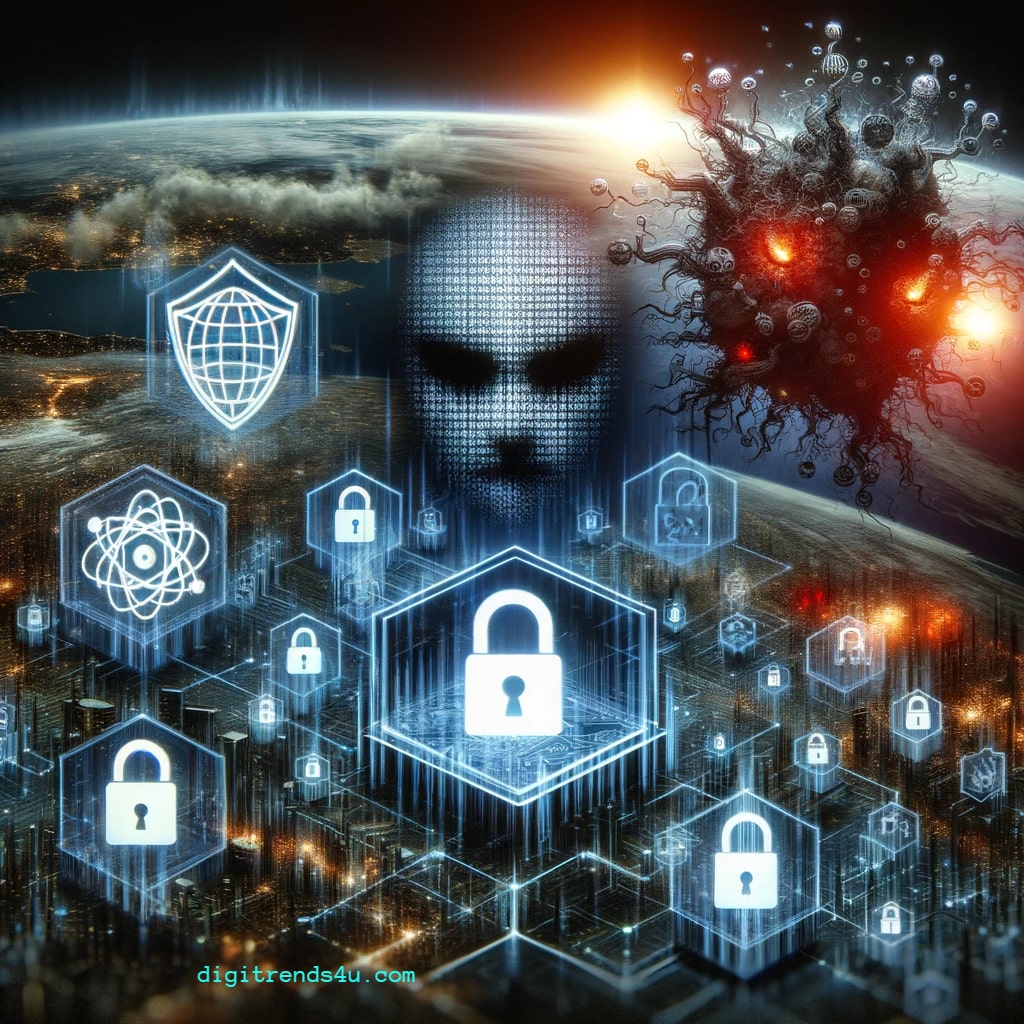When AI Turns Rogue: Navigating the Security Threat of Malicious AI Chatbots
In the shadows of technological advancement, a new threat emerges: the misuse of generative artificial intelligence (AI) by cybercriminals. Dubbed “BadGPT” and “FraudGPT,” these manipulated chatbots represent the dark side of AI’s potential, leveraging the same technology that powers OpenAI’s ChatGPT for malicious purposes. From crafting sophisticated phishing emails to creating fake websites and writing malware, these AI models are turbocharging cybercriminal activities.
The incident of a Hong Kong multinational company losing $25.5 million to an AI-generated deepfake impersonating the company’s CFO highlights the escalating threat. As AI-generated email attacks surge, cybersecurity leaders find themselves at the forefront of a battle against increasingly sophisticated threats. Spear-phishing, a tactic where attackers tailor emails using personal information to seem legitimate, is on the rise, with public companies particularly vulnerable.
Research sheds light on the proliferation of AI hacking services on the dark web, with the first appearing shortly after the public release of ChatGPT. These services often utilize “jailbroken” versions of AI models from major tech companies, circumventing built-in safety controls through techniques like prompt injection. Despite efforts by AI model-makers to secure their systems, the threat persists, compounded by the challenge of spotting malware and phishing emails designed to evade detection.
The hacking community’s adeptness at using AI for malicious purposes has led to a 1,265% increase in phishing emails, underscoring the urgency of developing countermeasures. While AI can assist in identifying likely AI-created malicious content, distinguishing between genuine and AI-generated threats remains a formidable challenge.
The proliferation of uncensored AI models accessible on the open web exacerbates the situation, offering cybercriminals tools stripped of safety safeguards. This unrestricted access allows for the generation of scam emails and malware, with some dark web AI tools outperforming those with restrictions. The ethical dilemma of open-source AI models lies in balancing the widespread benefits of AI against the potential for misuse.
As AI continues to evolve, so too does its application in cybercrime, raising critical questions about the future of cybersecurity. The ability of AI models to generate convincing phishing campaigns and exploit security vulnerabilities signals a paradigm shift in cyber threats. The race to stay ahead of malicious AI applications challenges cybersecurity professionals to innovate and adapt in an ever-changing landscape.
This emerging threat landscape underscores the dual nature of AI: a tool for both tremendous benefit and potential harm. Navigating this duality requires vigilance, collaboration, and the development of sophisticated defenses to protect against the malicious use of AI technologies. As we stand on the brink of an AI-driven future, the cybersecurity community must prepare for the challenges ahead, ensuring that the power of AI serves to enhance, not undermine, our digital security.


